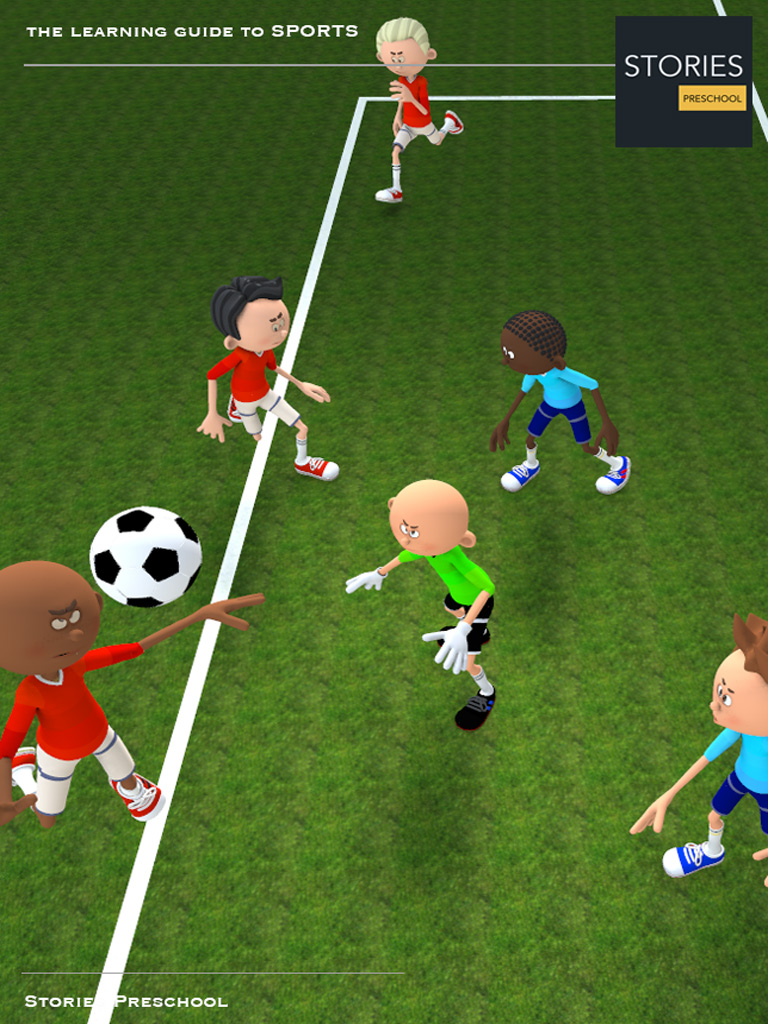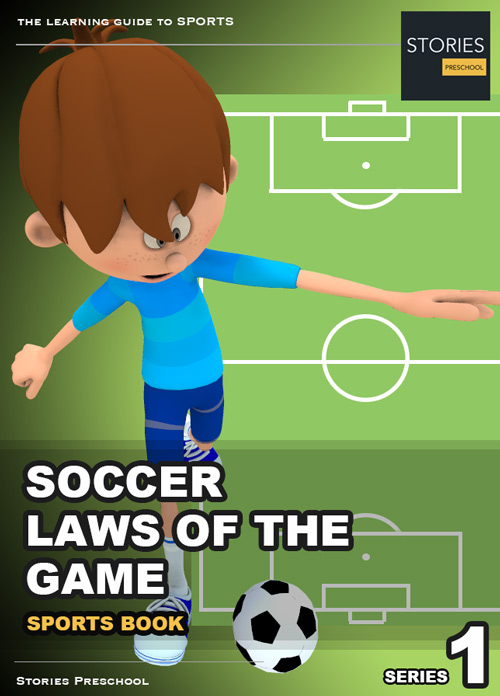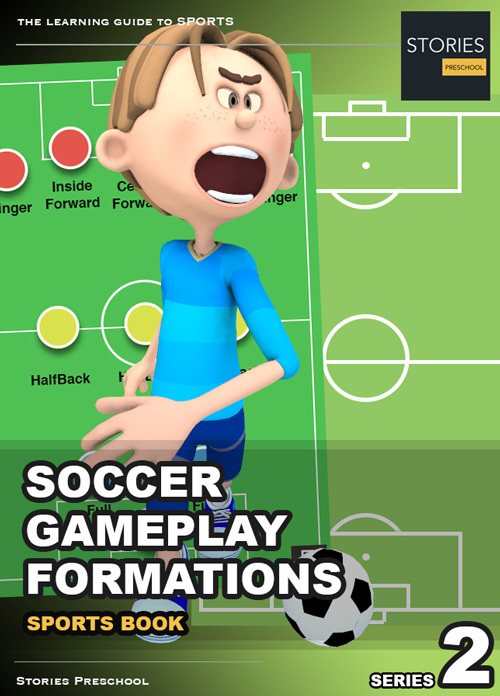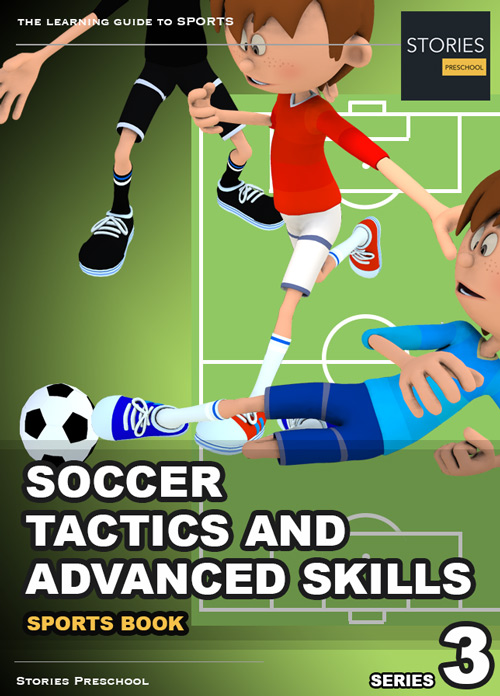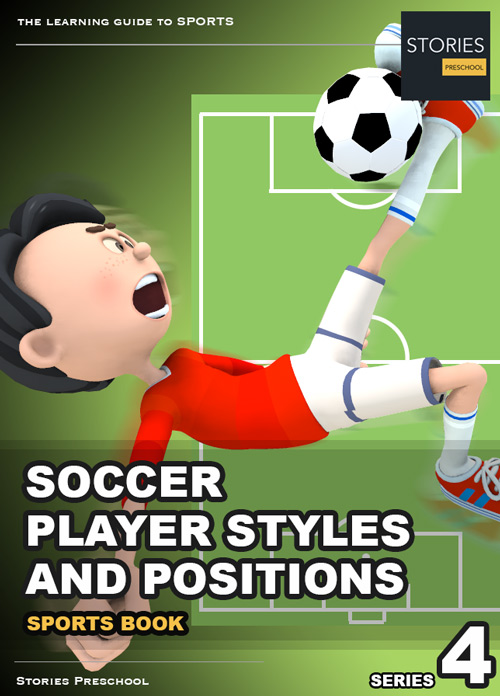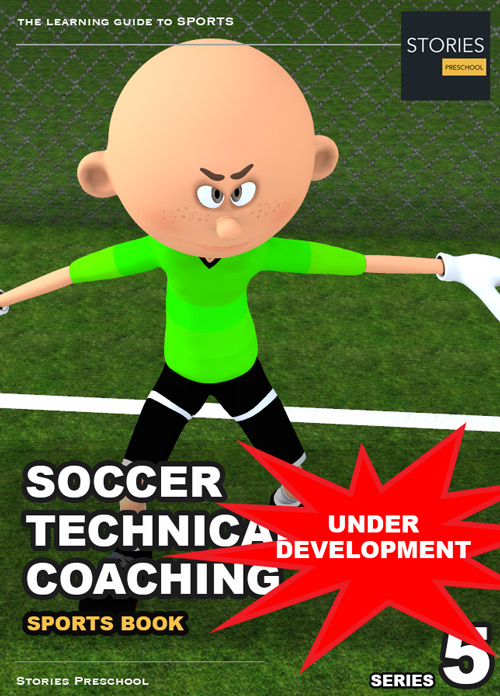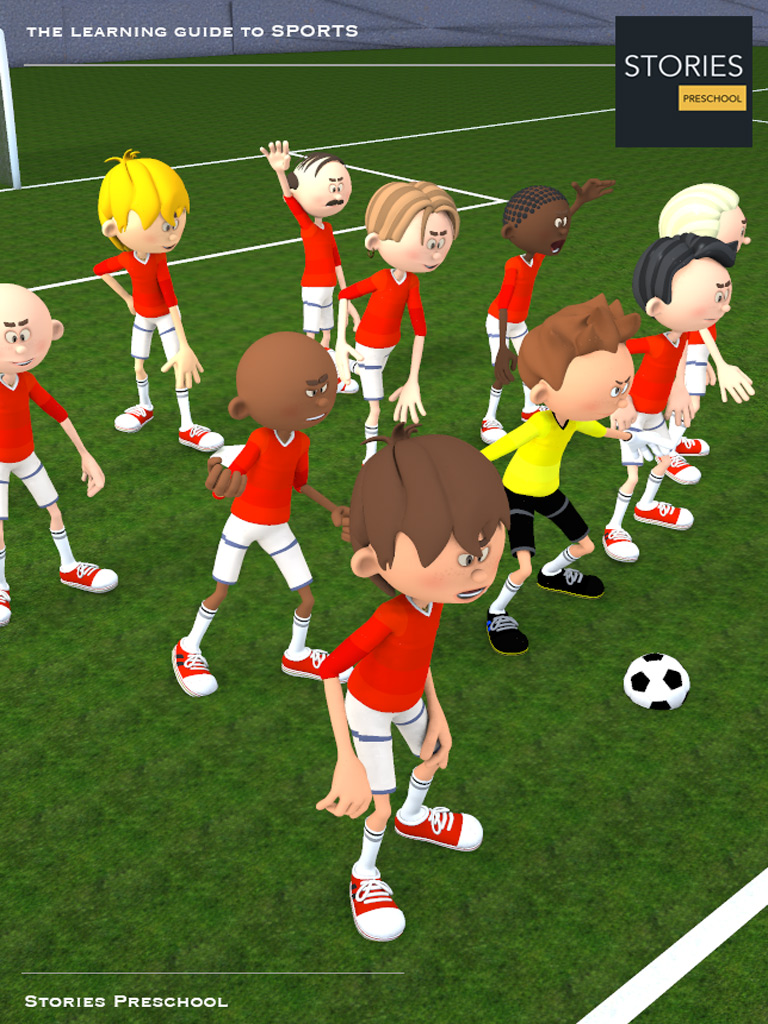Soccer
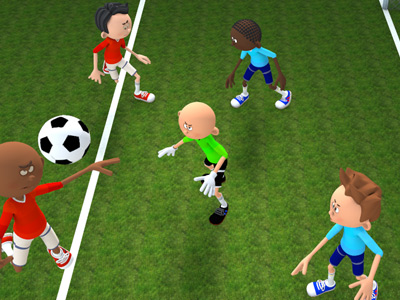
Penetration and envelopment in attack: Banks versus Pelé, Mexico 1970
Penetration in attack- the forward or through pass: To the footballer, the penetration pass is one of the first methods learned in attack, whether it be the simple "kick and chase" of the youth leagues, or the exquisite through-balls by today's world class stars. Penetration by pass is the quickest method of advancing the ball towards the enemy goal. When well executed, it can yield spectacular results. Penetration in attack however requires more than mere passing. Players without the ball must move into space, and must time their runs so as not to be caught offside.
Envelopment in attack: the central cross. Attacking an opposing side from the flanks using crosses from the wings is among the oldest and most effective football tactics. An attack from the flanks uses width to stretch an opposing defense creating gaps in the goal area to be exploited. While the direction of the lateral cross is not as straightforward as the through-ball, both types of passes serve to split an enemy defense, in view of striking at the vital central area of the goal. This example, the legendary confrontation between keeper Gordon Banks of England and Pele of Brazil, captures the two types of attack in one snapshot. It also serves to illustrate the difficulties in defending against both types of passes.
Two pass types - one great defensive save. The powerful running of Brazil's right winger Jairzinho set the stage, with initial direction by captain Carlos Alberto. Sprinting down the flank, Jairzinho pounced on an excellent through pass from Alberto, accelerated past Cooper the English back, and lofted a high arcing cross to Pele in the centre. Pele headed down powerfully and was already raising his arms in triumph when Banks leaped to his right "like a salmon over a fall" Pele said later, and somehow flailed the bouncing ball over the crossbar, saving a sure goal. The Brazilian forward said it was the greatest save he had ever seen, and many would agree.
Offensively, this play demonstrates how both types of passes can divide and stretch a defense. Jairzinho's running and cross was set up by an excellent forward pass, and his centre to Pelé capped a move that should have resulted in a goal, were it not for the extraordinary skill of English keeper, Gordon Banks. Offside traps are one way to defend against both pass types, but the ultimate solution is defensive depth and sound goalkeeping.
SPORTS
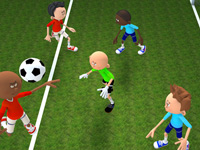
RESOURCES
This article uses material from the Wikipedia articles "Association football" and "Association football tactics and skills", which is released under the Creative Commons Attribution-Share-Alike License 3.0.
© Stories Preschool. All Rights Reserved.
